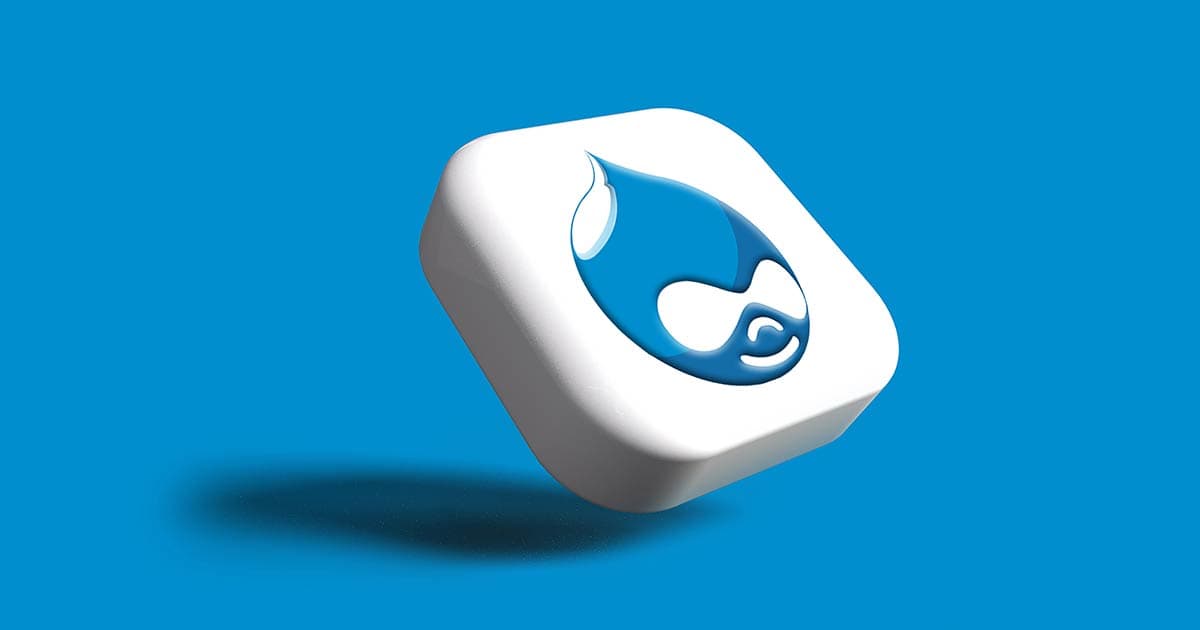

Jul 07, 2022
Which CMS is better, Kentico or Sitecore?
Shopping for a new CMS can be challenging considering the numerous options and factors to consider: security, architecture, support, pricing, and scalability, among others.
According to W3Techs, Sitecore and Kentico represent two of the most used CMS platforms worldwide by high-traffic sites. Both platforms also double as digital experience platforms (DXP), offering robust functional technologies that are coupled together to serve as your all-in-one tech ecosystem.
This article compares Sitecore vs. Kentico and their key differentiators to guide you in choosing the best CMS for your business.
The Core Features of an Enterprise-Grade CMS
Before comparing Sitecore and Kentico, you need to understand the key CMS features an enterprise needs and how it impacts your business:
- Simple content authoring features: Enterprises want a CMS that offers features such as WYSIWYG, drag and drop, advanced workflows and approvals, etc. These features play a role in getting up to speed as fast as possible, helping your team quickly and effectively serve content to multiple channels.
- Global CDN: Site load time plays a huge factor in how your customers convert. To illustrate, brands with a one-second page load time have an average conversion rate of 40%, while those with a two-second load time have an average conversion rate of 34%. A global CDN helps you deliver content faster to customers by connecting them to a nearby server.
- Multi-language features: For businesses that operate in multiple regions, a CMS with multi-language features helps you reach and connect with a global audience by more easily creating and delivering content in different languages.
- MACH architecture and composability support: MACH and composability represent the modern software practices that enable seamless scalability and flexibility. The best CMS should support or integrate with best-of-breed API-first solutions.
- Training, support, and community: The right CMS should also have the right resources, support, documentation, and training materials necessary to ensure you have help when you need it.
- Marketing tools and solutions: The CMS is central to all your marketing efforts, so integration with other essential capabilities such as personalization, analytics, CRM, and CDP is a must. The ideal CMS offers advanced marketing technologies as part of the vendor’s native services or enables easy integration with other third-party services.
An Overview of Sitecore and Kentico
Sitecore
Sitecore is an enterprise-grade CMS built on the ASP.NET framework with all the marketing features that top enterprises will need to nurture and deliver the best digital experience for their customers. Apart from the CMS, Sitecore packs a range of marketing solutions, including ecommerce, DAM, CDP, personalization, search, and order management.
Due to its extensive set of powerful features, Sitecore can be rather complex, requiring expert support and extensive training.
Kentico
Kentico is a user-friendly CMS that’s powered by ASP.NET and consists of feature-rich marketing solutions for ecommerce, A/B testing, marketing automation, email marketing, and more.
However, Kentico users sometimes suffer from a lack of product updates and a smaller tech community and support network.
Sitecore vs. Kentico: Comparing Features and Functionalities
In this section, Sitecore and Kentico are compared across a range of factors: pricing, platform support, marketing capabilities, ease of implementation, and performance.
Pricing
While they both offer a subscription-based model, Sitecore is more expensively priced compared to Kentico and geared towards large enterprises with robust feature needs.
In contrast, Kentico offers a very cost-effective pricing model that’s more suited for businesses looking for simple sites with modest growth potential. However, the Kentico price can quickly escalate when you’re scaling your business.
Platform-Native Functionalities
Sitecore and Kentico both have many different features and components for users to build a powerful digital presence. But Sitecore offers more granular native functionalities, enabling you to integrate with other third-party services.
This is even more evident in Sitecore’s recent acquisition and integration of SaaS-based API first products (Boxever, Four51, Reflektion, and Moosend), which represents a growing shift towards a composable and MACH architecture.
Kentico Xperience does not offer as many features as Sitecore. And most enterprises may find themselves filling these feature gaps with custom-made workarounds that are not as effective. This was the case for a G2 reviewer: “It [Kentico] has the potential to be good, but with incompatible and incomplete major releases, you are somewhat left to fill in the gaps yourself in parallel to their continued development.”
Support and Partner Ecosystem
Building a powerful, scalable, and highly effective tech stack requires the support and expertise of platform partners. These partners can help you with implementations, integrations with third-party solutions or add-ons, consultations, and support for technical issues.
Sitecore has an extensive partner ecosystem across the globe for enterprises to rely on for support. Additionally, you can take advantage of the available training materials, extensive documentation, forums, and blogs.
Although working with a Sitecore partner may come at a higher cost, the added value they offer is well worth the expense. On the other hand, Kentico has a relatively small partner community and support. You may find it challenging to rely on their forums or community for help due to the potential lack of updates or information.
Implementation and Development Time
Enterprises want to get their sites up and running as fast as possible. However, due to the advanced capabilities of Sitecore in building dynamic and complex sites, it can have a longer time to market. However, with Sitecore Experience Accelerator (SXA), businesses can hit the ground running as fast as possible, leveraging reusable modules, components, and templates.
For Kentico, the architecture and setup make it ideal for smaller development teams and companies to accelerate implementation and development time quickly.
Scalability and Extensibility
When deciding on a CMS that’ll help you expand your business to new regions, Sitecore is the way to go. Brands leveraging Sitecore can reach a wider audience, leveraging robust functionalities such as multi-language support, multisite, global CDN, translation services, and localization.
Besides, the recent introduction of SaaS-based products such as Sitecore Personalize and Sitecore Send highlights a trend towards building API-first, highly integrable, and future-proof services.
Kentico also offers all these features but not in the same way Sitecore does. As one Gartner reviewer explains, “It is annoying that there is no automatic translation mode or parallel editing mode for the different languages.”
How to Select The Best CMS for Enterprise Company
Sitecore and Kentico Xperience share many similarities beyond a . NET-based tech architecture. Both platforms are built as all-in-one platforms with extensive features for enterprises to build, nurture, and tailor digital experience to their customer’s preferences.
Despite these similarities, there are a few differences that stand out. Kentico is more suited for companies with modest growth demands or site complexity. This allows users to take advantage of its lower pricing.
In contrast, Sitecore is a powerful and complex platform that’s more ideal for top companies with high growth plans and demands. Its native functionalities and integration with third-party services make it well suited for scaling your business.
But to get the best value for your Sitecore investment, you need the help of a Sitecore partner like Oshyn to adapt the platform to your needs.
Oshyn is a certified Sitecore partner who has worked with many brands and agencies worldwide. They have an experienced staff that includes designers, developers, analysts, testers, and more. Before starting, Oshyn will thoroughly audit your website to identify performance lags and dropoffs.
Interested in learning more about partnering with a Sitecore Partner? This article will guide you.








